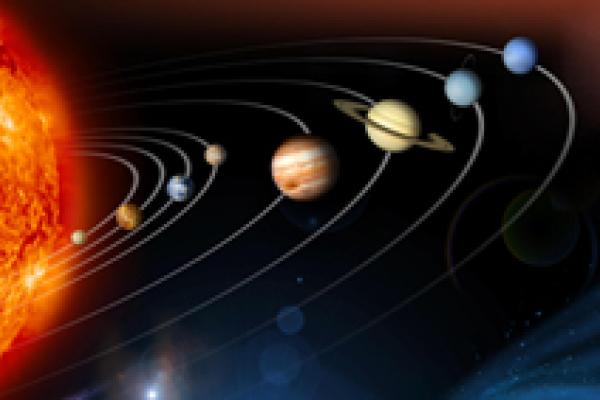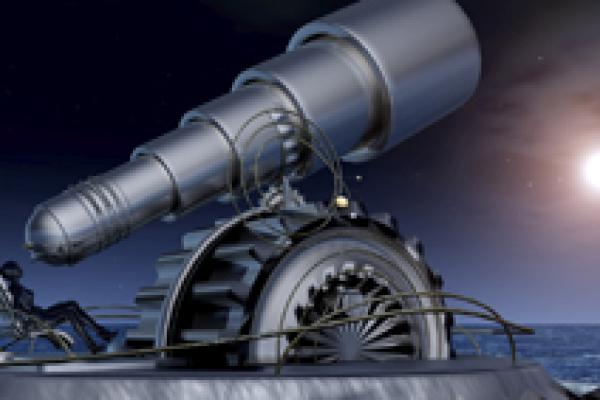Article


Maths in a Minute: the Leaning Tower of Lire
The surprising physics of stacking coins.

The surprising physics of stacking coins.






We've been dabbling a lot in the mysterious world of quantum physics lately, so to get back down to Earth we thought we'd bring you reminder of good old classical physics.
In the 1920s the Austrian physicist Erwin Schrödinger came up with what has become the central equation of quantum mechanics. It tells you all there is to know about a quantum physical system and it also predicts famous quantum weirdnesses such as superposition and quantum entanglement. In this, the first article of a three-part series, we introduce Schrödinger's equation and put it in its historical context.